Italy, a land where history, culture, and natural beauty converge, offers travelers a rich tapestry of experiences. From the ancient ruins of Rome to the romantic canals of Venice, and from the rolling hills of Tuscany to the breathtaking Amalfi Coast, Italy is a country that promises something for everyone. This guide will take you through the 10 best places to visit in Italy, providing insights, tips, and must-see attractions for each destination.
Italy, often referred to as “Il Bel Paese” (The Beautiful Country), is one of the most sought-after travel destinations in the world. Its rich history, diverse landscapes, and vibrant culture make it a place that captivates the hearts of all who visit. Whether you’re a history buff, a foodie, a nature lover, or someone seeking romance, Italy has something to offer.
In this guide, we’ll explore 20 of the best places to visit in Italy. Each destination is unique, offering a blend of history, art, architecture, and natural beauty. We’ll delve into the key attractions, cultural insights, and travel tips for each location, helping you plan your perfect Italian getaway.
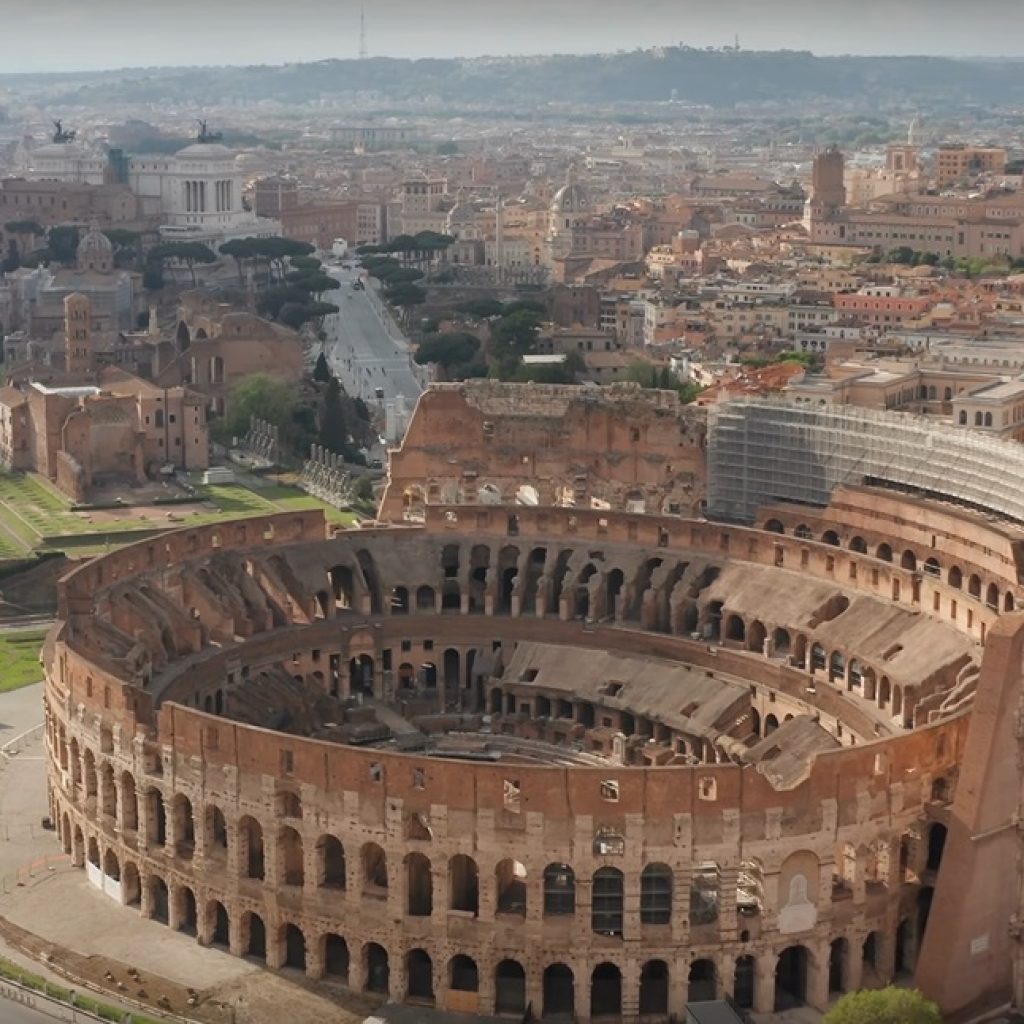
1. Rome – The Eternal City
Historical Overview
Rome, the capital of Italy, is often called the “Eternal City” due to its long and storied history. Founded in 753 BC, Rome has been a center of power, culture, and religion for over two millennia. As the heart of the Roman Empire, it was the most powerful city in the world. Today, Rome is a vibrant metropolis that seamlessly blends ancient ruins with modern life.
Key Attractions
- The Colosseum: The iconic symbol of Rome, the Colosseum is the largest amphitheater ever built. It was used for gladiatorial contests, public spectacles, and dramas. A visit to this ancient structure offers a glimpse into the grandeur of the Roman Empire.
- The Roman Forum: Once the center of Roman public life, the Roman Forum is a sprawling ruin of temples, basilicas, and arches. Walking through the Forum is like stepping back in time to the days of the Roman Republic.
- The Vatican City: The smallest independent state in the world, Vatican City is home to the Pope and some of the most significant religious and artistic treasures in the world. Highlights include St. Peter’s Basilica, the Sistine Chapel with Michelangelo’s famous ceiling, and the Vatican Museums.
- The Pantheon: A marvel of ancient engineering, the Pantheon is one of the best-preserved Roman buildings. Its massive dome and oculus are architectural wonders that have inspired countless structures throughout history.
- The Trevi Fountain: One of the most famous fountains in the world, the Trevi Fountain is a masterpiece of Baroque art. Legend has it that if you throw a coin into the fountain, you will return to Rome.
Cultural Insights
Rome is not just a city of ancient ruins; it’s also a hub of art, culture, and religion. The city played a crucial role in the Renaissance, with artists like Michelangelo, Raphael, and Caravaggio leaving their mark on its churches and palaces. Rome is also the epicenter of the Catholic Church, making it a significant pilgrimage site for Christians around the world.
Travel Tips
- Best Time to Visit: Spring (April to June) and fall (September to October) are the best times to visit Rome when the weather is mild, and the crowds are smaller.
- Getting Around: Rome’s historic center is best explored on foot, but the city also has an extensive public transportation system, including buses, trams, and a metro.
- Avoiding Crowds: Visit popular attractions like the Colosseum and the Vatican early in the morning or late in the afternoon to avoid the largest crowds.
- #Rome #Colosseum #Vatican-City #Trevi-Fountain #Roman-Forum #Sistine-Chapel
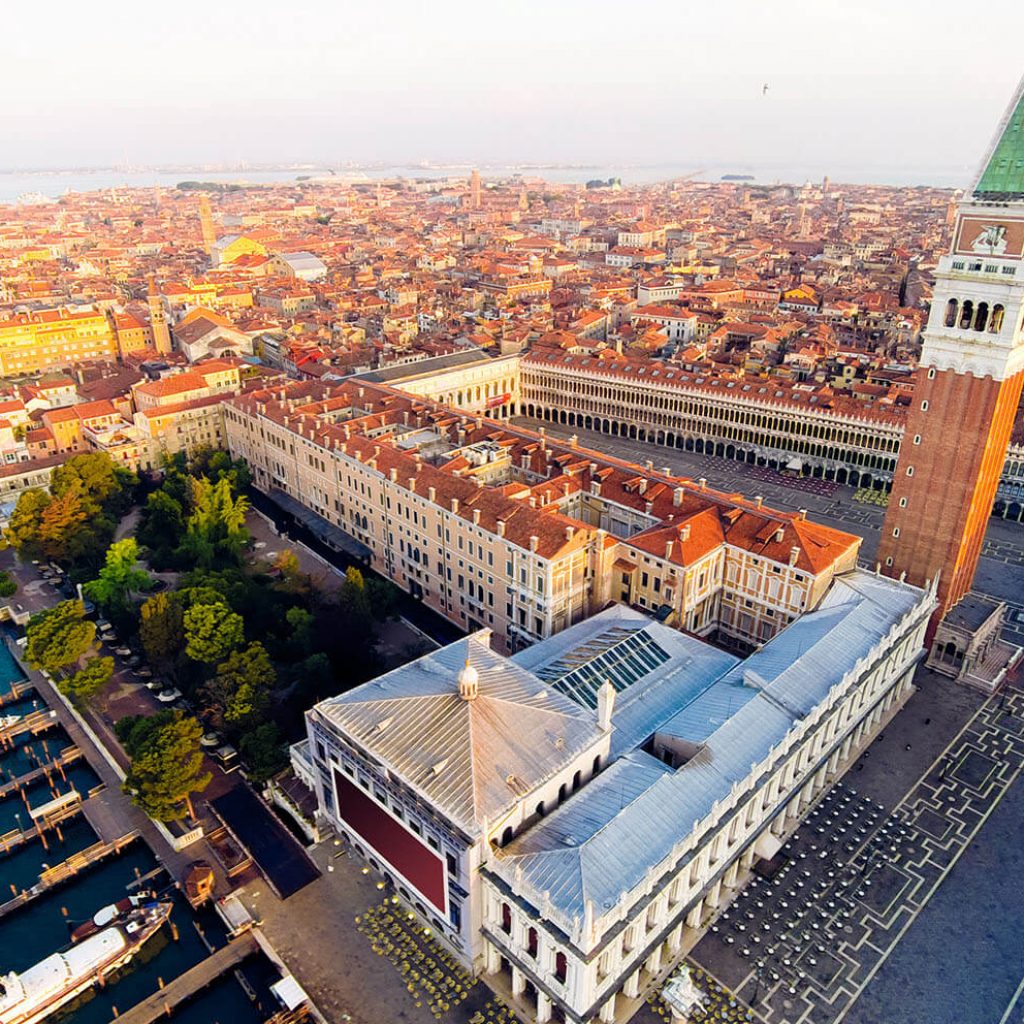
2. Florence – The Cradle of the Renaissance
Historical Significance
Florence, the capital of Tuscany, is often referred to as the birthplace of the Renaissance. During the 14th to 16th centuries, Florence was a center of art, culture, and finance, largely due to the patronage of the powerful Medici family. The city’s influence on art, science, and politics has left an indelible mark on the world.
Art and Architecture
- The Uffizi Gallery: Home to one of the most important art collections in the world, the Uffizi Gallery houses masterpieces by artists such as Botticelli, Leonardo da Vinci, Michelangelo, and Raphael. The Birth of Venus and Primavera by Botticelli are among the gallery’s most famous works.
- The Duomo (Cathedral of Santa Maria del Fiore): The Florence Cathedral, with its iconic red-tiled dome designed by Brunelleschi, dominates the city’s skyline. The interior of the cathedral is equally impressive, with frescoes, sculptures, and stunning stained glass windows.
- Michelangelo’s David: This iconic statue, housed in the Galleria dell’Accademia, is considered one of the greatest masterpieces of Renaissance art. The statue represents the biblical hero David and is admired for its perfection of form and expression.
- Ponte Vecchio: The oldest bridge in Florence, the Ponte Vecchio is famous for the shops built along its sides, a tradition that dates back to the 13th century. Today, it is home to jewelers, art dealers, and souvenir sellers.
Culinary Scene
Florence is a haven for food lovers. The city’s cuisine is simple yet rich in flavor, with an emphasis on fresh, high-quality ingredients. Be sure to try the famous Bistecca alla Fiorentina (Florentine steak), ribollita (a hearty vegetable soup), and the local wines, particularly Chianti.
Travel Tips
- Best Time to Visit: Spring and fall are the best times to visit Florence, as the weather is pleasant and the crowds are more manageable.
- Exploring the City: Florence is a compact city, making it easy to explore on foot. Be sure to wander through its narrow streets and hidden squares to discover its many charms.
- Where to Stay: The historic center is the best place to stay, as it offers easy access to the city’s main attractions. Popular areas include the Duomo, Santa Croce, and Oltrarno.
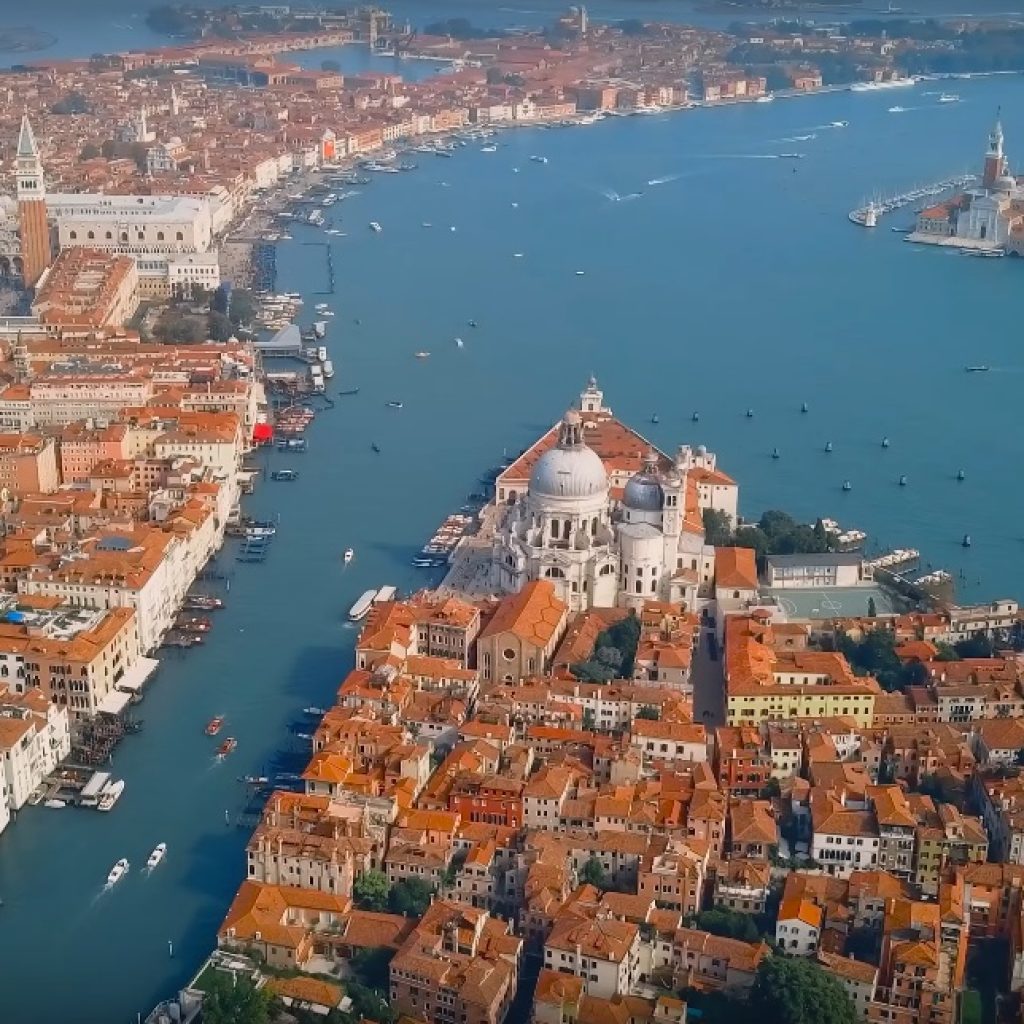
3. Venice – The City of Canals
History and Romance
Venice, a city built on more than 100 small islands in the Adriatic Sea, is unlike any other place in the world. With its network of canals, beautiful palaces, and rich history, Venice is a city that captivates the imagination. Founded in the 5th century, Venice became a powerful maritime republic and a center of trade between Europe and the East.
Top Attractions
- St. Mark’s Basilica: This stunning basilica, located in Piazza San Marco, is a masterpiece of Byzantine architecture. Its opulent design, golden mosaics, and intricate details make it one of Venice’s most visited attractions.
- Doge’s Palace: Once the residence of the Doge (the ruler of Venice), this Gothic palace is now a museum that offers insight into Venice’s history and politics. Highlights include the Bridge of Sighs, the grand chambers, and the prison cells.
- Rialto Bridge: The oldest of the four bridges spanning the Grand Canal, the Rialto Bridge is an iconic symbol of Venice. The bridge is lined with shops and offers stunning views of the canal.
- Grand Canal: The main waterway of Venice, the Grand Canal is lined with palaces, churches, and other historic buildings. A gondola ride or a vaporetto (water bus) ride along the canal is a must-do experience.
- Murano and Burano: These two islands near Venice are famous for their traditional crafts—Murano for glassmaking and Burano for lace. Both islands are also known for their colorful houses and charming streets.
Experiencing Venice
Venice is a city meant to be experienced at a leisurely pace. Wander through its narrow alleys, cross its countless bridges, and get lost in its charm. Enjoy a gondola ride, sip an espresso in a historic café, and watch the sunset over the Grand Canal.
Travel Tips
- Best Time to Visit: The best time to visit Venice is during the spring (April to June) and fall (September to October) when the weather is mild, and the crowds are smaller.
- Avoiding Crowds: Venice can be very crowded, especially during the summer and major festivals like the Venice Carnival. To avoid the crowds, visit early in the morning or explore the less touristy neighborhoods.
- Where to Stay: The San Marco district is the most popular area to stay in Venice, but for a more authentic experience, consider staying in the Cannaregio or Dorsoduro districts.
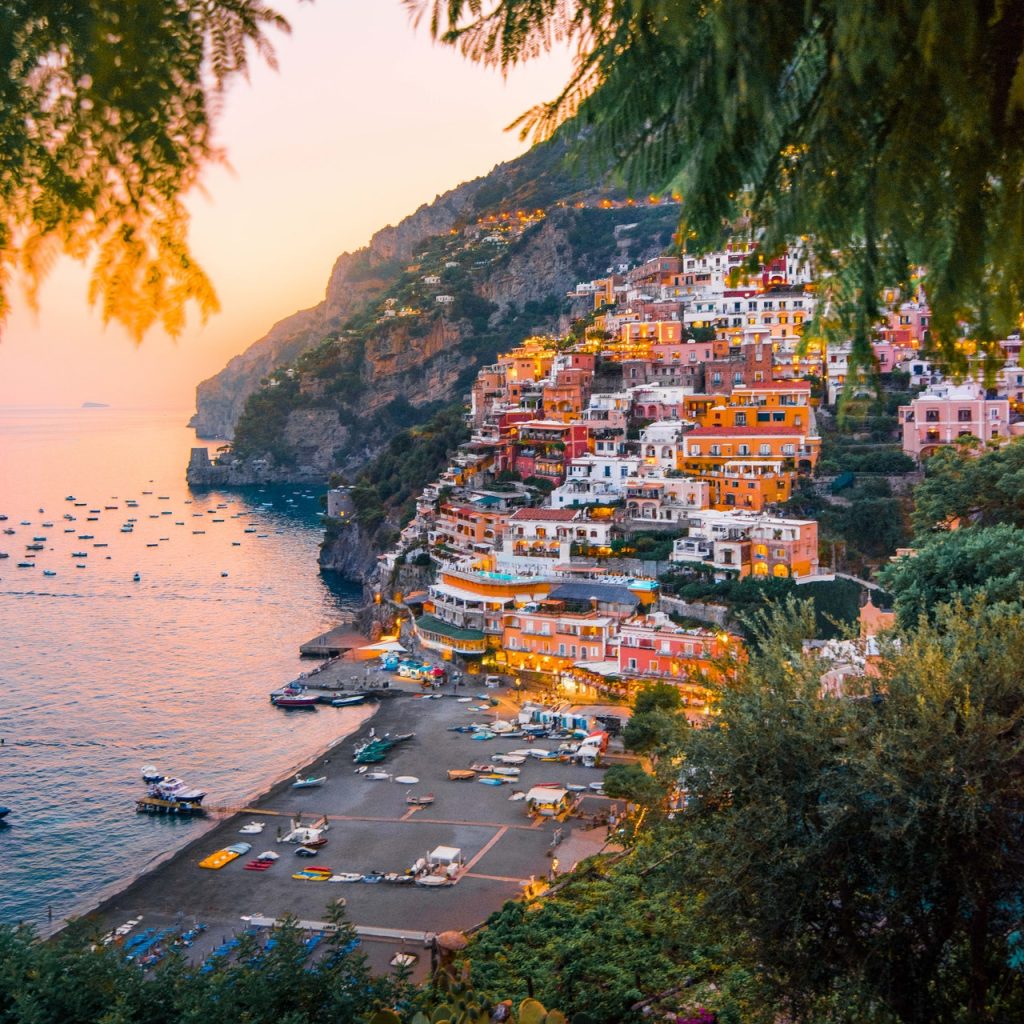
4. Amalfi Coast – A Mediterranean Paradise
Stunning Landscapes
The Amalfi Coast, a UNESCO World Heritage Site, is one of Italy’s most beautiful and iconic destinations. Stretching along the southern edge of the Sorrentine Peninsula, this stunning coastline is characterized by steep cliffs, colorful villages, and crystal-clear waters. The road that winds along the coast offers breathtaking views at every turn.
Charming Villages
- Positano: Often considered the jewel of the Amalfi Coast, Positano is famous for its steep streets lined with pastel-colored houses, luxury boutiques, and seaside cafés. The Spiaggia Grande beach is a popular spot for sunbathing and swimming.
- Amalfi: The town of Amalfi, once a powerful maritime republic, is the heart of the coast. Its beautiful cathedral, with its Arab-Norman design, and the Cloister of Paradise are must-see attractions. The town also offers access to hiking trails that provide stunning views of the coast.
- Ravello: Perched high above the sea, Ravello is known for its beautiful gardens and panoramic views. The Villa Rufolo and Villa Cimbrone are two of the most famous attractions, offering lush gardens and terraces with breathtaking vistas.
Beaches and Outdoor Activities
The Amalfi Coast is a paradise for beach lovers and outdoor enthusiasts. The coastline is dotted with small coves and beaches, some of which are only accessible by boat. For those who enjoy hiking, the Path of the Gods (Sentiero degli Dei) offers a scenic trail with incredible views of the coast and the Tyrrhenian Sea.
Travel Tips
- Best Time to Visit: The best time to visit the Amalfi Coast is in the late spring (May to June) or early fall (September to October) when the weather is pleasant, and the crowds are thinner.
- Getting Around: The Amalfi Coast can be challenging to navigate by car due to its narrow and winding roads. Consider using public transportation, such as buses or ferries, or hiring a private driver.
- Where to Stay: Positano and Amalfi are the most popular places to stay on the coast, but for a quieter experience, consider staying in Praiano or Conca dei Marini.
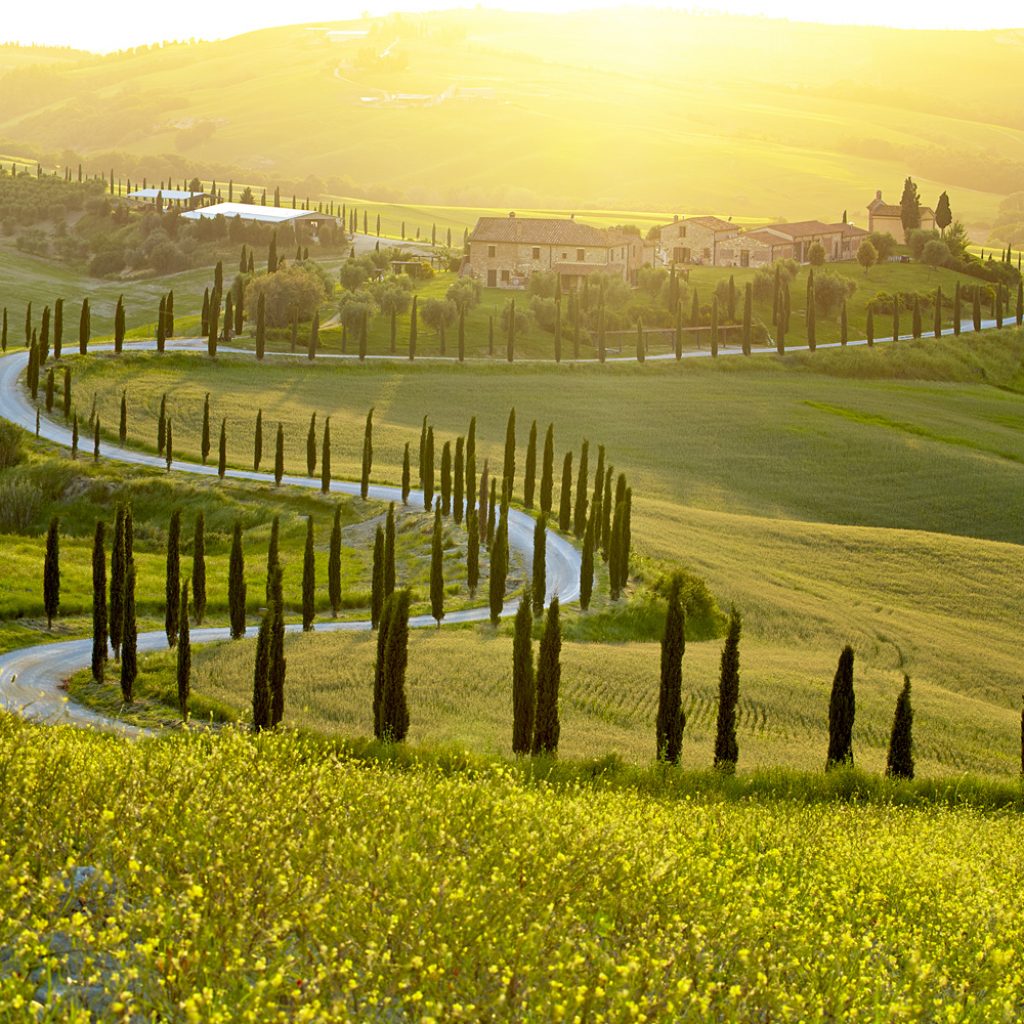
5. Tuscany – Rolling Hills and Renaissance Splendor
Scenic Beauty
Tuscany is one of Italy’s most picturesque regions, known for its rolling hills, vineyards, and charming villages. The landscape is dotted with cypress trees, olive groves, and golden fields of wheat. The region’s beauty has inspired countless artists and writers over the centuries.
Cultural Heritage
- Florence: As the capital of Tuscany, Florence is the cultural and artistic heart of the region. Its Renaissance architecture, world-class museums, and vibrant cultural scene make it a must-visit destination.
- Siena: This medieval city is famous for its well-preserved historic center, which is a UNESCO World Heritage Site. The Piazza del Campo, the city’s main square, is the site of the famous Palio horse race. The Siena Cathedral is another highlight, with its stunning façade and intricate interior.
- San Gimignano: Known as the “Town of Fine Towers,” San Gimignano is a small hill town famous for its medieval towers that dominate the skyline. The town’s historic center is beautifully preserved and offers a glimpse into life in the Middle Ages.
- Pisa: Pisa is best known for its iconic Leaning Tower, but the city has much more to offer. The Piazza dei Miracoli, where the tower is located, also includes the Cathedral of Pisa, the Baptistery, and the Camposanto, a monumental cemetery.
Wine and Cuisine
Tuscany is renowned for its wine, particularly Chianti, Brunello di Montalcino, and Vino Nobile di Montepulciano. Wine lovers can explore the region’s many vineyards and wineries, many of which offer tours and tastings. Tuscany is also famous for its simple yet delicious cuisine, which includes dishes like ribollita, panzanella, and bistecca alla Fiorentina.
Travel Tips
- Best Time to Visit: The best time to visit Tuscany is in the spring (April to June) and fall (September to October) when the weather is mild, and the landscapes are at their most beautiful.
- Exploring the Countryside: Renting a car is the best way to explore Tuscany’s countryside, allowing you to visit its charming villages and scenic vineyards at your own pace.
- Where to Stay: Consider staying in a traditional Tuscan farmhouse or villa for an authentic experience. Popular areas to stay include the Chianti region, Val d’Orcia, and the towns of Siena and San Gimignano.
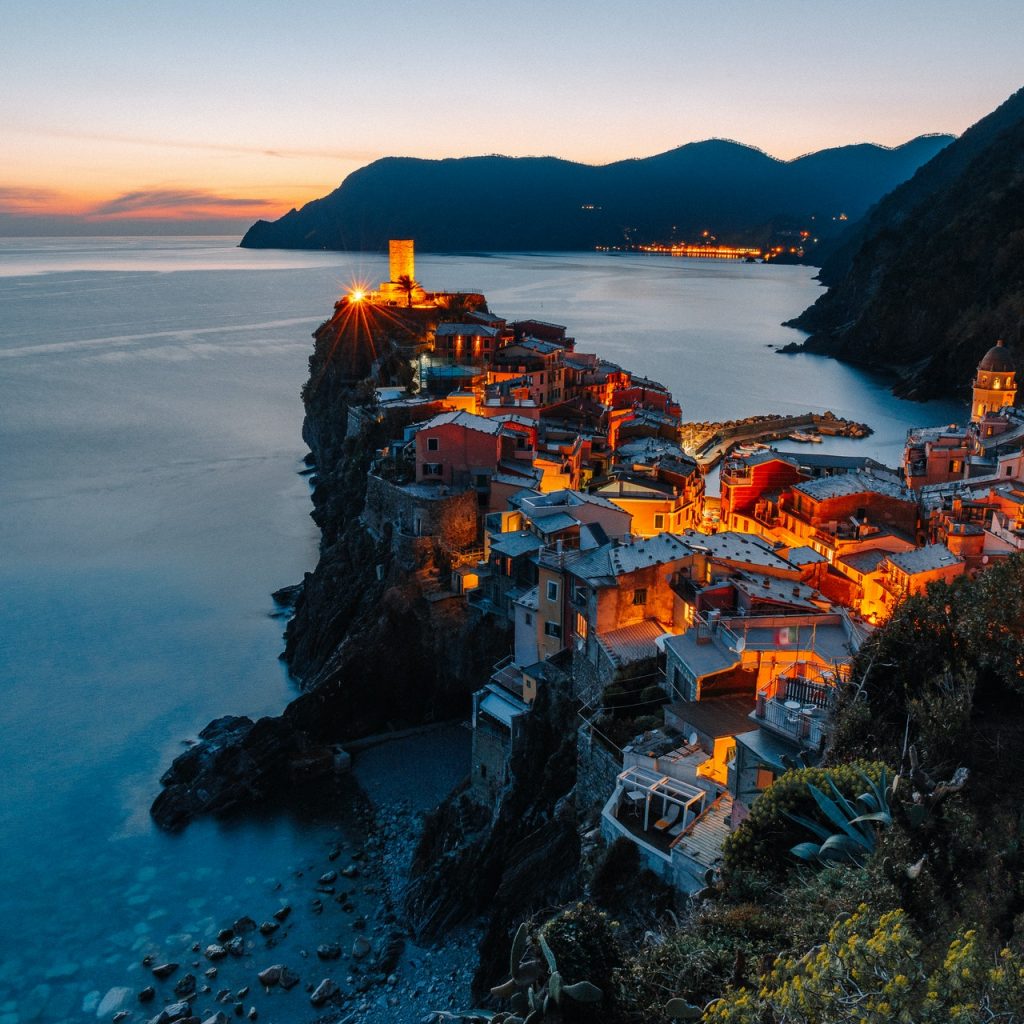
6. Cinque Terre – A Coastal Gem
Overview of the Region
Cinque Terre, meaning “Five Lands,” is a rugged coastal area in the Liguria region of Italy. The five villages of Riomaggiore, Manarola, Corniglia, Vernazza, and Monterosso al Mare are nestled along the cliffs overlooking the Ligurian Sea. The region is known for its stunning landscapes, colorful houses, and terraced vineyards.
Exploring the Villages
- Riomaggiore: The southernmost village of Cinque Terre, Riomaggiore is known for its steep streets, colorful houses, and picturesque harbor. The village is a great starting point for hiking trails that connect the other villages.
- Manarola: Considered by many to be the most beautiful of the Cinque Terre villages, Manarola is famous for its pastel-colored houses that seem to cling to the cliffs. The village is also known for its wine, particularly Sciacchetrà, a sweet dessert wine.
- Corniglia: The only village that is not directly on the sea, Corniglia is perched on a hilltop and offers stunning views of the coastline. The village is quieter and less touristy than the others, making it a great place to relax and enjoy the scenery.
- Vernazza: Vernazza is one of the most picturesque villages in Cinque Terre, with its narrow streets, colorful houses, and small harbor. The village is also home to the Church of Santa Margherita d’Antiochia, which dates back to the 14th century.
- Monterosso al Mare: The largest of the Cinque Terre villages, Monterosso al Mare is known for its beautiful beaches, historic churches, and lively atmosphere. The village is divided into two parts, the old town and the new town, each with its own charm.
Outdoor Activities
Cinque Terre is a paradise for outdoor enthusiasts. The region offers a network of hiking trails that connect the five villages, providing breathtaking views of the coastline. The Sentiero Azzurro (Blue Trail) is the most famous of these trails, offering a relatively easy hike with stunning scenery. For those who prefer the water, kayaking and snorkeling are popular activities along the coast.
Travel Tips
- Best Time to Visit: The best time to visit Cinque Terre is in the spring (April to June) and fall (September to October) when the weather is pleasant, and the crowds are smaller.
- Getting Around: The villages of Cinque Terre are best explored on foot, but a train line also connects the five villages, making it easy to travel between them.
- Where to Stay: Consider staying in one of the Cinque Terre villages for easy access to the hiking trails and the coast. Monterosso al Mare and Vernazza are the most popular places to stay, but for a quieter experience, consider Corniglia.
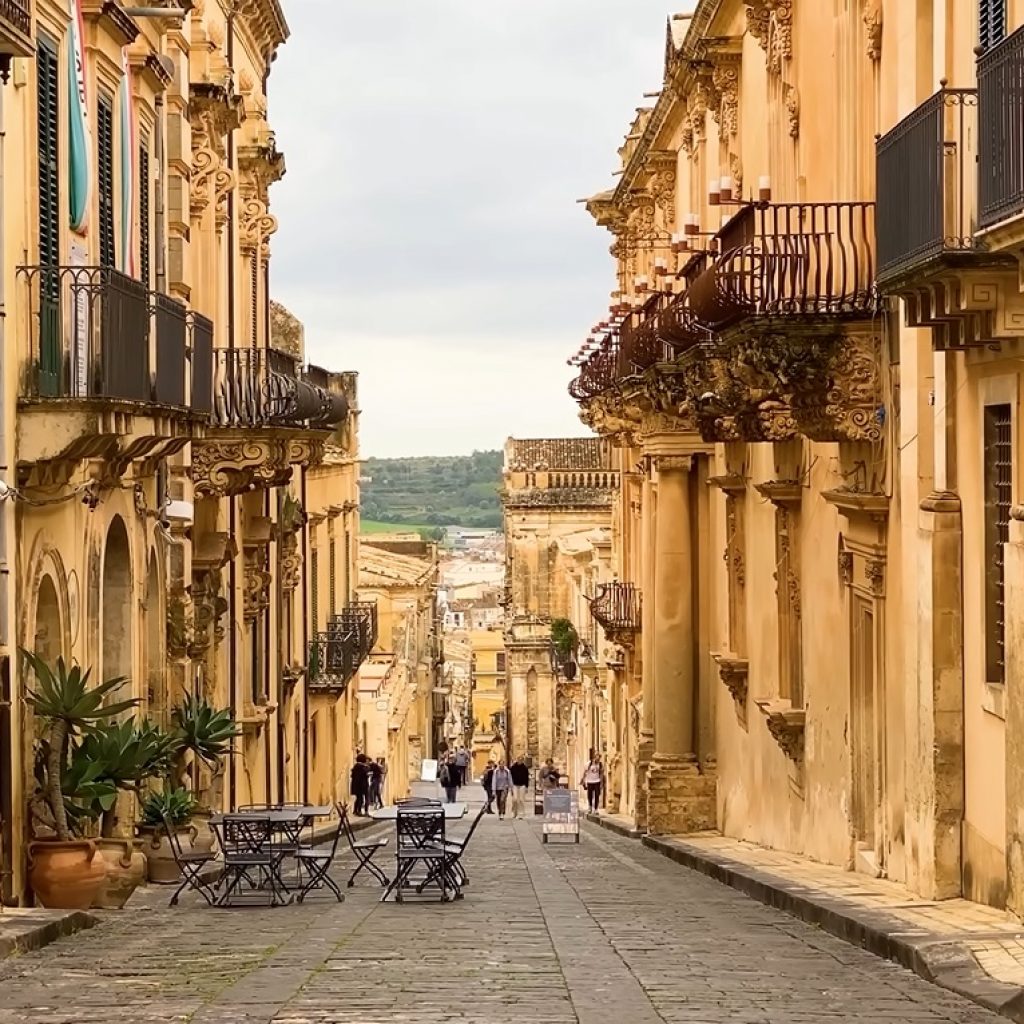
7. Sicily – A Crossroads of Cultures
Historical Significance
Sicily, the largest island in the Mediterranean, is a melting pot of cultures. Over the centuries, it has been ruled by the Greeks, Romans, Byzantines, Arabs, Normans, and Spanish, each leaving their mark on the island’s culture, architecture, and cuisine. Today, Sicily is a fascinating destination that offers a unique blend of history, art, and natural beauty.
Key Attractions
- Palermo: The capital of Sicily, Palermo is a vibrant city with a rich history and a diverse cultural heritage. Highlights include the Palermo Cathedral, the Palazzo dei Normanni (Royal Palace), and the Cappella Palatina, a stunning chapel with intricate mosaics.
- Valley of the Temples: Located near Agrigento, the Valley of the Temples is one of the most important archaeological sites in Italy. The site includes the ruins of several ancient Greek temples, including the Temple of Concordia, one of the best-preserved Doric temples in the world.
- Mount Etna: Mount Etna is Europe’s highest and most active volcano, and it offers a dramatic landscape of craters, lava fields, and fertile slopes. Visitors can hike or take a cable car to the summit for stunning views of the surrounding countryside.
- Taormina: Perched on a hill overlooking the Ionian Sea, Taormina is one of Sicily’s most picturesque towns. The town is famous for its ancient Greek theater, which offers spectacular views of Mount Etna and the coast.
Cultural Experiences
Sicily’s diverse cultural heritage is reflected in its cuisine, which combines flavors and ingredients from the Mediterranean, North Africa, and the Middle East. Must-try dishes include arancini (fried rice balls), pasta alla Norma, and cannoli, a traditional Sicilian dessert.
Travel Tips
- Best Time to Visit: The best time to visit Sicily is in the spring (April to June) and fall (September to October) when the weather is mild, and the crowds are smaller.
- Getting Around: Sicily is a large island, and renting a car is the best way to explore its many attractions. The island also has a good network of trains and buses that connect the major cities and towns.
- Where to Stay: Palermo and Taormina are popular places to stay in Sicily, offering easy access to the island’s key attractions. For a more relaxed experience, consider staying in a rural farmhouse or a seaside villa.
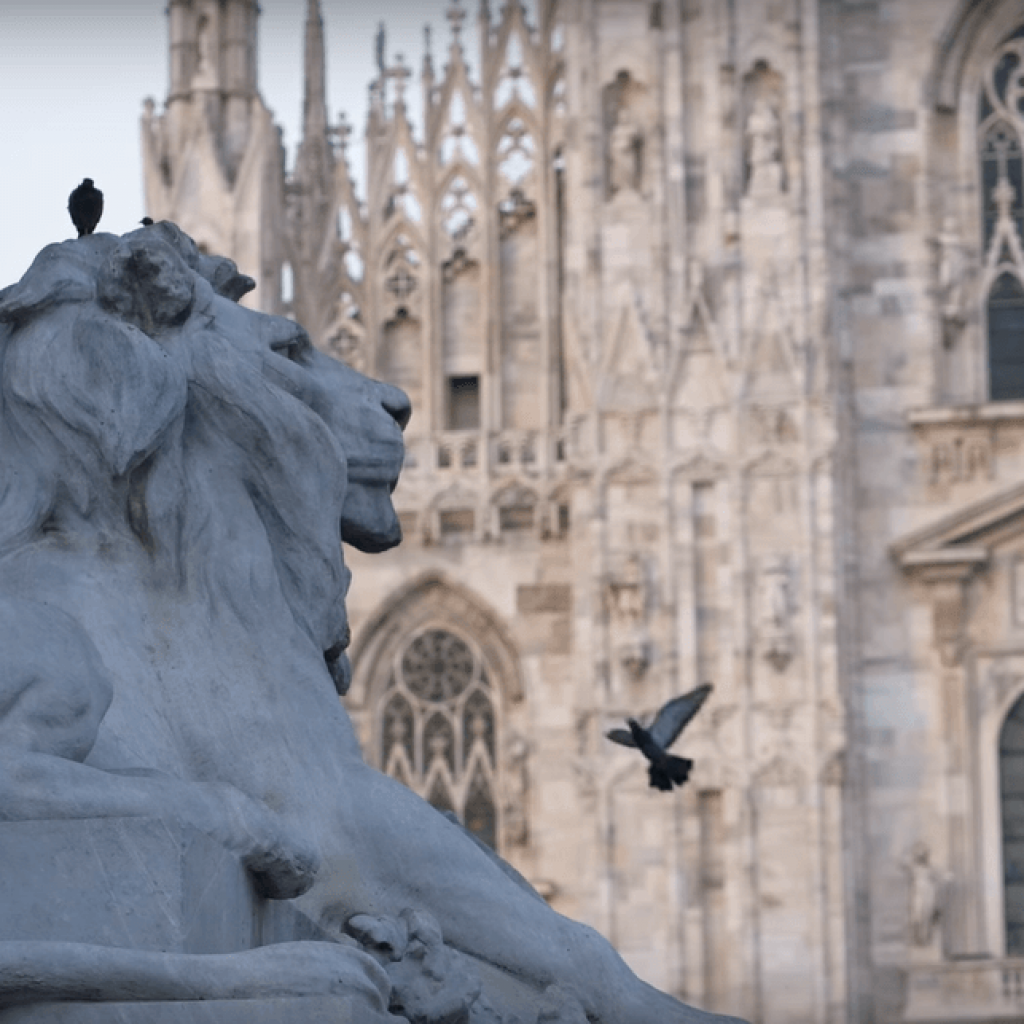
8. Milan – Italy’s Fashion Capital
Overview of the City
Milan, the second-largest city in Italy, is known as the country’s fashion and design capital. The city is a hub of creativity and innovation, with a vibrant arts scene, cutting-edge architecture, and a thriving culinary landscape. Milan is also home to some of Italy’s most iconic landmarks, making it a must-visit destination for travelers.
Key Attractions
- Duomo di Milano: The Milan Cathedral, or Duomo di Milano, is one of the largest and most impressive Gothic cathedrals in the world. The cathedral’s intricate façade, spires, and statues are a marvel of architecture, and visitors can climb to the rooftop for panoramic views of the city.
- Galleria Vittorio Emanuele II: Located next to the Duomo, this historic shopping arcade is one of the oldest in the world. The Galleria is home to luxury boutiques, cafes, and restaurants, making it a popular destination for shopping and dining.
- The Last Supper: Leonardo da Vinci’s famous mural, The Last Supper, is housed in the Convent of Santa Maria delle Grazie in Milan. The painting is one of the most famous works of art in the world and attracts visitors from all over the globe.
- Teatro alla Scala: Milan’s La Scala is one of the most famous opera houses in the world. The theater has hosted some of the greatest opera singers and composers in history, and a visit to La Scala is a must for music lovers.
Fashion and Shopping
Milan is synonymous with fashion, and the city’s Quadrilatero d’Oro (Golden Rectangle) is a paradise for fashionistas. This upscale shopping district is home to the flagship stores of Italy’s top fashion designers, including Prada, Versace, and Armani. The city also hosts Milan Fashion Week, one of the most important events in the fashion calendar.
Travel Tips
- Best Time to Visit: The best time to visit Milan is in the spring (April to June) and fall (September to October) when the weather is mild, and the city is less crowded.
- Getting Around: Milan has an efficient public transportation system, including trams, buses, and a metro. The city center is also easily walkable, with many of the key attractions located close to each other.
- Where to Stay: The city center, near the Duomo, is the best area to stay in Milan for easy access to the main attractions. For a more luxurious experience, consider staying in the Brera or Navigli districts, which offer a mix of boutique hotels, trendy restaurants, and art galleries.
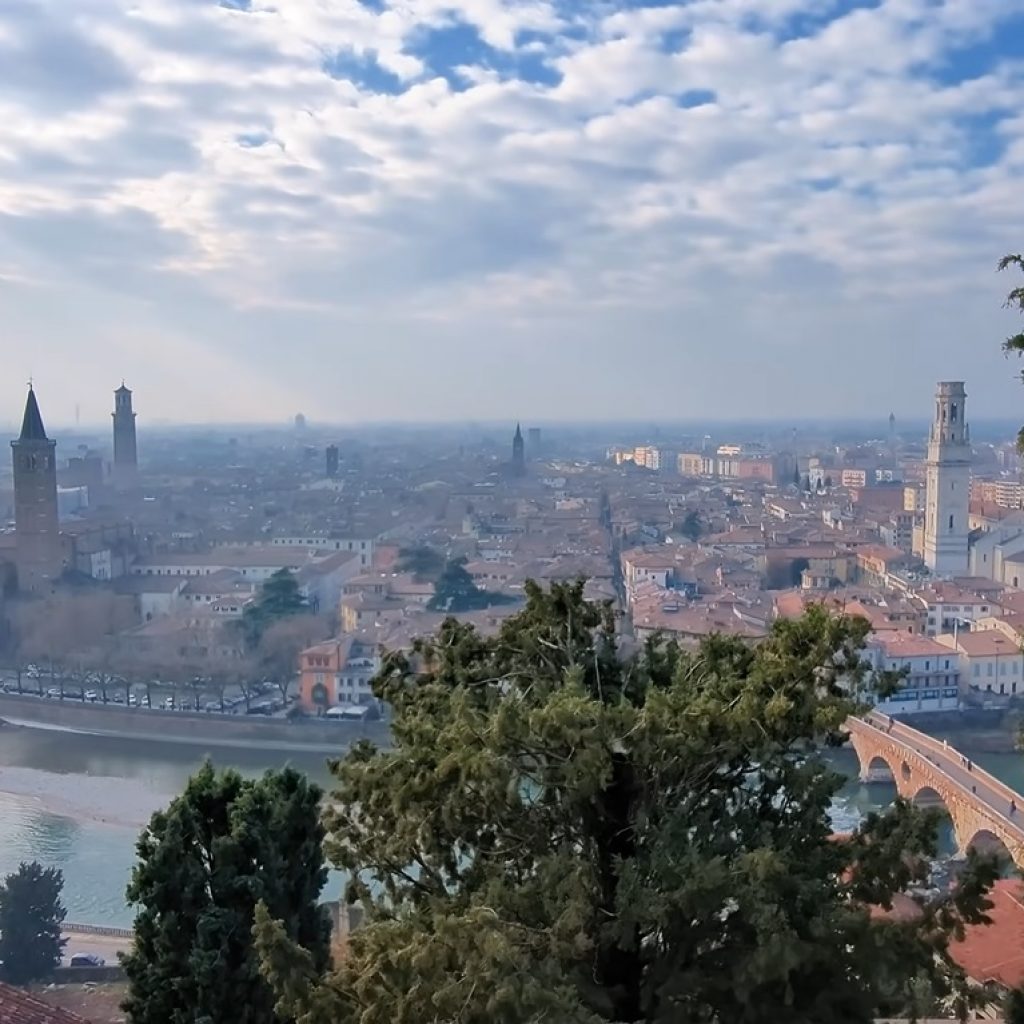
9. Verona – The City of Love
Romantic Legacy
Verona is best known as the setting for Shakespeare’s “Romeo and Juliet,” and the city’s romantic legacy attracts visitors from all over the world. The city’s well-preserved historic center, a UNESCO World Heritage Site, is a treasure trove of Roman, medieval, and Renaissance architecture.
Key Attractions
- Juliet’s House (Casa di Giulietta): One of the most famous attractions in Verona is Juliet’s House, with its iconic balcony where, according to legend, Juliet stood while Romeo declared his love. The house is now a museum, and visitors can also see the bronze statue of Juliet in the courtyard.
- Arena di Verona: This ancient Roman amphitheater is one of the best-preserved in the world and is still used today for opera performances and concerts. The Arena is one of Verona’s most iconic landmarks and a must-visit for history and music lovers.
- Piazza delle Erbe: The heart of Verona’s historic center, Piazza delle Erbe is a lively square surrounded by beautiful buildings, cafes, and market stalls. The square is a great place to relax and soak up the city’s atmosphere.
- Castelvecchio: This medieval castle is now a museum that houses a collection of art, weapons, and historical artifacts. The castle’s bridge, the Ponte Scaligero, offers stunning views of the Adige River and the city.
Cultural Experiences
Verona’s rich cultural heritage is reflected in its festivals and events. The Verona Opera Festival, held every summer in the Arena di Verona, is one of the most famous opera festivals in the world. The city also hosts the Shakespeare Festival, which celebrates the works of the famous playwright with performances and events.
Travel Tips
- Best Time to Visit: The best time to visit Verona is in the spring (April to June) and fall (September to October) when the weather is pleasant, and the city’s festivals are in full swing.
- Getting Around: Verona’s historic center is compact and easily walkable, making it easy to explore the city’s attractions on foot. The city also has a good network of buses for traveling further afield.
- Where to Stay: The historic center is the best place to stay in Verona for easy access to the main attractions. For a more romantic experience, consider staying in a boutique hotel or a historic palazzo.
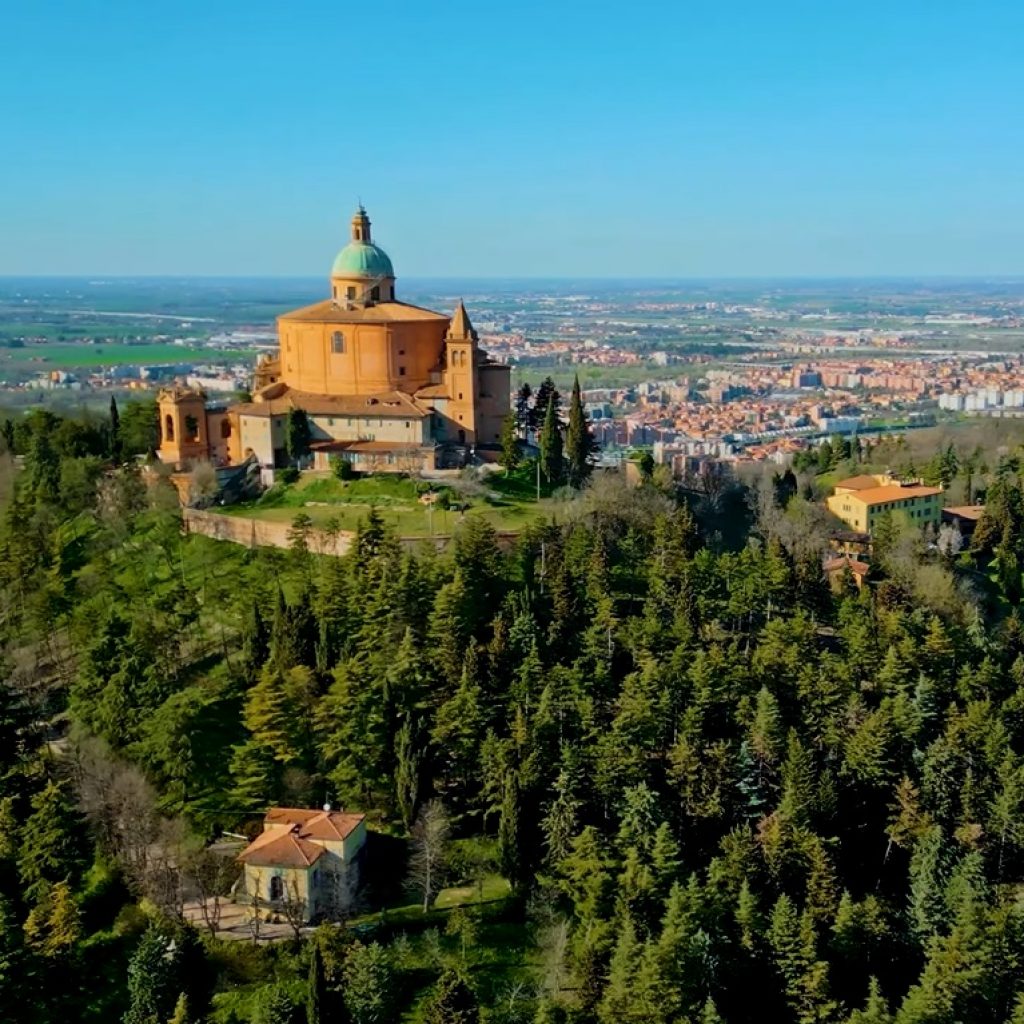
10. Bologna – A Culinary Paradise
Gastronomic Excellence
Bologna is often referred to as the culinary capital of Italy, and for good reason. The city is famous for its rich food culture, which includes iconic dishes like tagliatelle al ragù (Bolognese sauce), tortellini, and mortadella. Bologna is also home to the oldest university in the world, which gives the city a lively and youthful atmosphere.
Key Attractions
- Piazza Maggiore: The heart of Bologna, Piazza Maggiore is a bustling square surrounded by historic buildings, including the Basilica di San Petronio, the Palazzo dei Notai, and the Palazzo d’Accursio. The square is a great place to start exploring the city.
- Two Towers (Due Torri): Bologna’s iconic Two Towers, the Asinelli and Garisenda towers, are symbols of the city. Visitors can climb the Asinelli Tower for panoramic views of Bologna and the surrounding countryside.
- Basilica di San Petronio: This massive basilica dominates Piazza Maggiore and is one of the largest churches in Italy. The basilica’s unfinished façade is a unique feature, and its interior is filled with beautiful frescoes and chapels.
- University of Bologna: Founded in 1088, the University of Bologna is the oldest university in the world. The university’s historic buildings, including the Archiginnasio, are open to visitors and offer a glimpse into the city’s academic history.
Food and Markets
Bologna is a food lover’s paradise, with its traditional trattorias, food markets, and specialty shops. The Mercato di Mezzo, located in the historic center, is a bustling market where you can sample local delicacies and buy fresh ingredients. The Quadrilatero district, with its narrow streets and food stalls, is another must-visit area for foodies.
Travel Tips
- Best Time to Visit: The best time to visit Bologna is in the spring (April to June) and fall (September to October) when the weather is mild, and the city’s food festivals are in full swing.
- Getting Around: Bologna’s historic center is compact and easily walkable, making it easy to explore the city’s attractions on foot. The city also has a good public transportation system, including buses and trains.
- Where to Stay: The historic center is the best area to stay in Bologna for easy access to the main attractions. For a more authentic experience, consider staying in a traditional Bolognese apartment or a boutique hotel.
Embrace the Allure of Italy’s Top Destinations
Italy’s top destinations offer a diverse array of experiences, from the artistic treasures of Florence to the romantic canals of Venice, the historical wonders of Rome, and the scenic beauty of the Amalfi Coast. Whether you’re a history buff, an art lover, a foodie, or an outdoor enthusiast, Italy has something for everyone.
As you plan your journey through this enchanting country, take the time to immerse yourself in the local culture, savor the delicious cuisine, and explore the hidden gems that make each region unique. Italy is a destination that will captivate your heart and leave you with memories that will last a lifetime.
So pack your bags, brush up on your Italian phrases, and get ready to embark on an unforgettable adventure through Italy’s top destinations. Buon viaggio!




Comment (0)